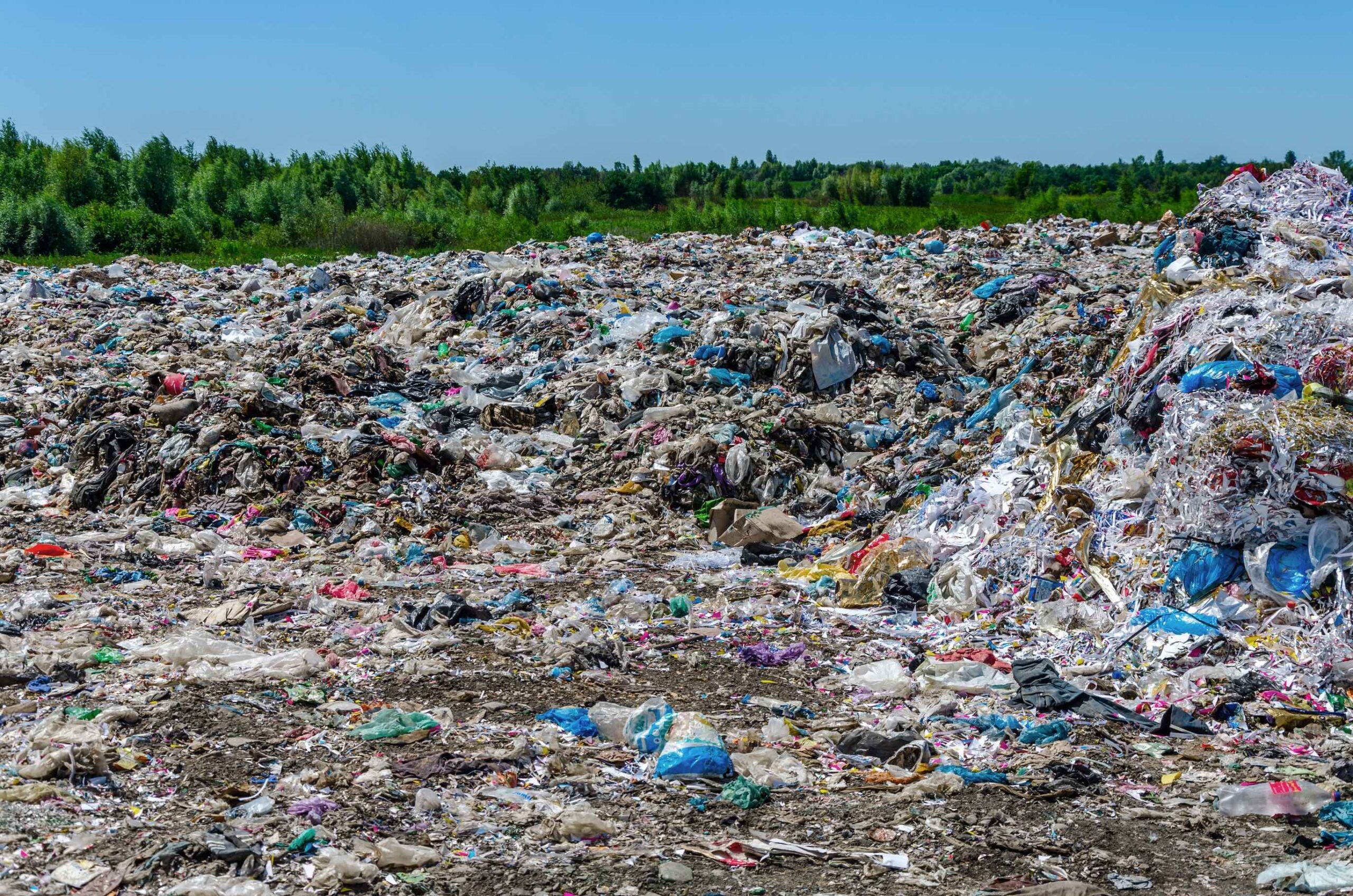For every Australian, 2.7 tonnes of waste is generated and sent to a landfill each year — from plastics and paper to glass and food (National Waste Policy, 2018). Step one to solving this major concern is to find methods to reduce the environmental and health impact of poor waste management. Step two is to enhance the economic value of the materials we would otherwise dispose of that end up in the landfill.
Waste beneficiation, also referred to as resource recovery, is the process by which waste or raw materials are altered through physical, mechanical or thermal treatment. This process — which has become more popular in Australia — enhances a material’s properties or economic value instead of disposing them in landfill. At Sedgwick, waste beneficiation/resource recovery focuses on what’s known as waste streams, the production of waste generated during:
- Failed manufacturing and production processes (rejected products/materials).
- Road, rail and air accidents (debris).
- Products and materials involved in catastrophic events (large losses involving fire or floods, building or warehouse racking collapses).
- Batch recalls that pose health and safety risks.
- Product contaminations (non-chemical related).
- Product recalls or expired products.
Referring back to waste streams, the producers of such waste are guided by a hierarchy (listed below) that prioritises prevention and considers what’s best for the environment. The waste hierarchy is enshrined in Section 5(1)(c) of the Waste Avoidance and Resource Recovery Act 2007 (WARR Act) and consists of five steps that serve as guidelines for waste producers.
The waste hierarchy
- Prevention of waste (avoidance) – by efficient design and manufacturing of products.
- Reduce – find processes that reduce waste production or the volume of waste being produced.
- Reuse/reprocessing – find ways to reuse waste generated through alternative processes.
- Recycle/energy recovery – recycle products and materials that are suitable for recycling or recover energy from alternatives waste destruction methods.
- Disposal – where the top four elements cannot be done, waste treatment and disposal is the final step of the process.
Why does Australia have a waste policy?
According to the National Waste Policy (2018), there has been a shift in the country’s outlook towards waste management, with the value of resources and embodied energy in waste now recognised. The policy states that there is an economic opportunity and increasing desire to reuse and recirculate our waste resources. As Australia moves towards a circular economy — an economic model whereby materials or products are reused and regenerated to sustainably continue production – businesses and governments are starting to recognise the opportunities waste materials provide along with the economic value they retain.
What happens to the waste streams?
Historically, waste streams that were generated during insurance claims were loaded, transported and safely disposed of at landfill facilities. The cost of this process is significant — leaving third parties, insurers and the insured with considerably higher claims costs.
With the implementation of more efficient waste management, producers need to consider how waste can be altered (physically, thermally or biologically) to benefit other industries. One way to do this is with organic food products that were not suitable for human consumption but could be used for animal food or composting. One of the challenges that waste producers are facing is finding ways in which they can reduce the toxicity of a waste stream to a point where it is no longer toxic and can remain in the environment. Along with the environmental benefit, waste beneficiation/resource recovery also has financial benefits for producers, such as rebates for recycling suitable products, packaging and materials. In fact, Sedgwick customers receive preferential rates with legal waste disposal facilities or services providers for properly disposing of their waste.
Looking back at some of our international claims that involve plastics, paper, glass and food, up to 60% of the products cost value were recovered. None of the waste streams were returned to the insured’s primary market, allowing them to continue operations with no financial impact to their client base and local markets.
How can Sedgwick help with waste management?
Throughout the waste management process, we work to protect the brand reputation of the insured — ensuring service providers are managed, audited, verified and monitored regularly, and receipt of waste destruction or recycling certificates are issued. We ensure the full financial benefit received during the waste beneficiation process is returned to the insured or insurer by:
- Increasing operation capacity so the insured do not need to dedicate resources to remove and dispose of damaged goods or waste generated from the incident or catastrophe.
- Closing the loop on circular economy.
- Accelerate the claims process, clean-up process and waste removal process, reducing BI costs.
- Providing environmentally responsible insurers with sustainable solutions and alternatives.
- Providing legally compliant waste solutions, through approved service providers.
- Increasing service offerings to all clients.
- Providing the insurers and insured with the maximum rebate on waste streams (to reduce claim payout values).
- Increase rebate potential (higher percentage value in comparison with the salvage norms).
- Promoting waste beneficiation/resource recovery alternatives which increases the insured’s and insurers environmental sustainability score.
- Providing advanced technological solutions instead of landfill disposal, with lower emissions.
- Providing solutions around historical environmental related incidents and claims which previously generated waste.
- Maintaining positive relationships to ensure satisfaction with our solutions.
Learn more > If you would like to learn more about the waste beneficiation process and how we can help you, please contact me at [email protected].

